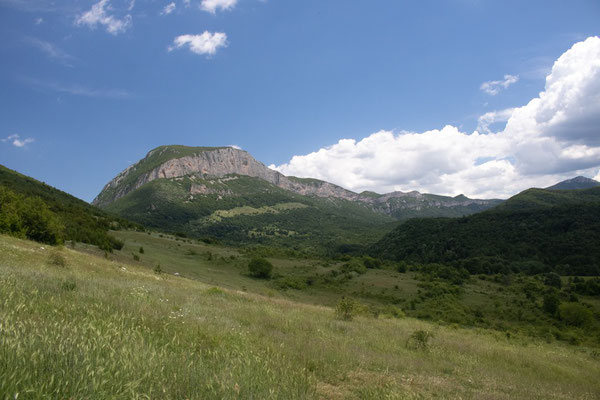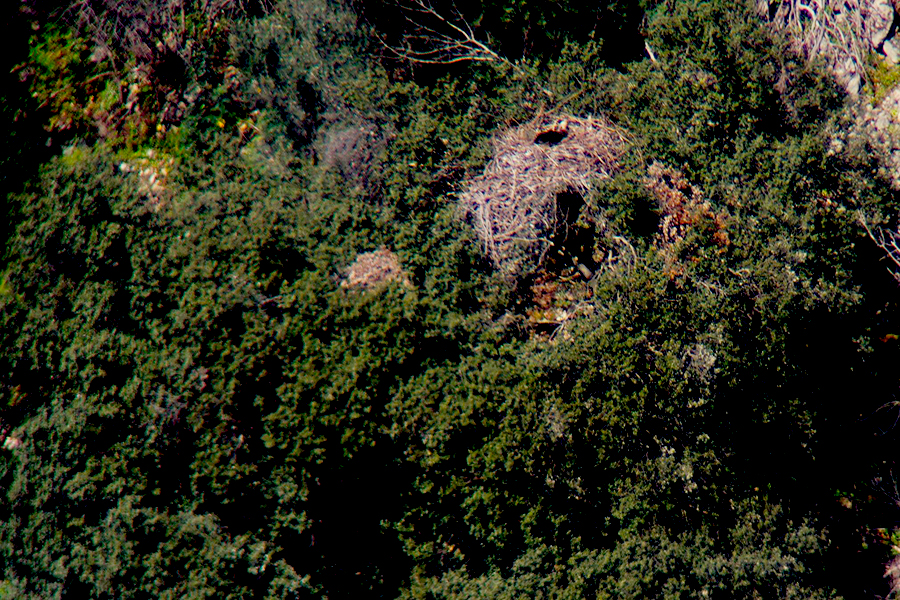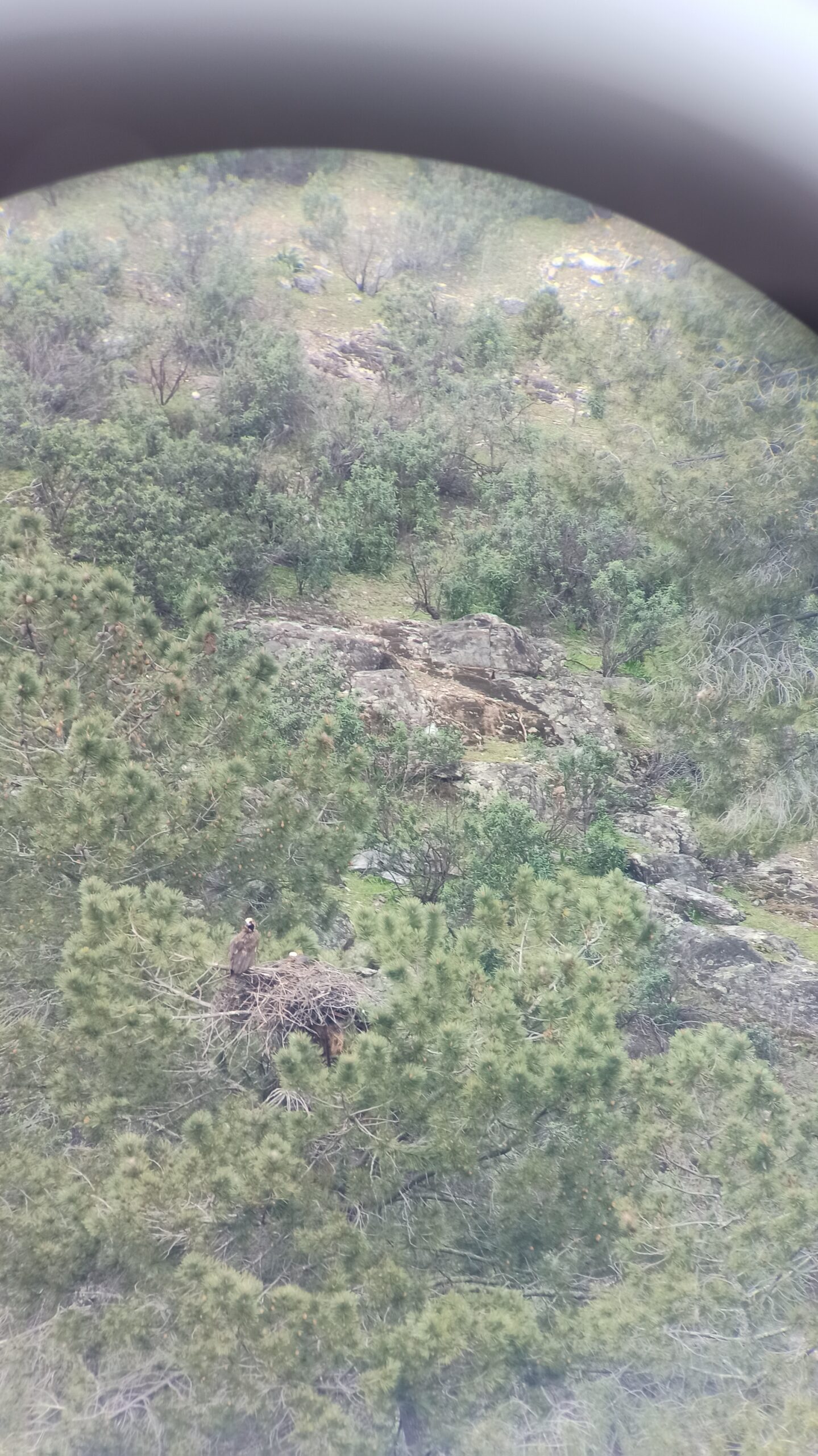
The Vultures Back To LIFE project released two more Cinereous Vultures at Vrachanski Balkan in Bulgaria!
Background of the Cinereous Vultures released
The Vulture Conservation Foundation (VCF) secured ten Cinereous Vultures last year for release in Bulgaria, donated by the Junta de Extremadura. These young vultures hatched and fledged in the wild at Extremadura, Spain, during 2017 and 2018. The young birds left their nests earlier and were found in distress, suffering from malnutrition and weakness. They were then taken to the wildlife rehabilitation centre of Los Hornos. After a period of recovery, they transported them to the wildlife rehabilitation centre of AMUS (Acción por el Mundo Salvaje) for a pre-transport quarantine period. The VCF organized the transport of these birds where they travelled over 4,000 km by land to reach Bulgaria. They arrived in Bulgaria on Monday 10 June and were received by the Vultures Back to LIFE project team. This was the second transportation of this species from Spain, in an effort to restore the Cinereous Vulture population in Bulgaria.
The new two birds released, named Kotlya and Iskar spent were set in the Vrachanski Balkan Aviary to acclimatize to the environment in September 2019. Kotlya is a powerful female that weighed 9.9kg during release, and Iskar is a male that weighed 7.4 kg.
Release of two Cinereous Vultures at Vrachanski Balkan
On 4 June 2020, the Vultures Back to LIFE project successfully released two more young Cinereous Vultures at Vrachanski Balkan in Bulgaria. Ahead of their release, the two vultures named Kotlya and Iskar were marked and equipped with GPS tags. The project team is closely monitoring their movements to see how the birds are adapting to the wild.

Before this release, the project released five Cinereous Vultures at Vrachanski Balkan on 15 May 2020. This was the first release for this year, and the first time the project released the species in this region. The five birds successfully adapted to the wild. All birds from the first group have reached the feeding site and started feeding together with the local Griffon Vultures. They are also exploring the vicinity of the release site with more and more frequent flights. Everything is going smoothly so far.
Three more Cinereous Vultures will be released in the area in about two weeks. Stay tuned with the releases of Cinereous Vultures by signing up to our monthly newsletter.
Vultures Back To LIFE

Led by the wildlife conservation charity Green Balkans, with activities also implemented by the Fund for Wild Flora and Fauna, and bringing together partners from Bulgaria, Spain and Germany, Vultures Back to LIFE aims to reintroduce the cinereous or Eurasian black vulture to Bulgaria. The team will transfer and release around 60 birds, some from captive-breeding, but mostly coming from wildlife rehabilitation centers in Extremadura (Spain) into the wild in Bulgaria as well as creating supplementary feeding stations and improving populations of wild herbivores, improving the nesting conditions and creating artificial nest sites and tackling some of the major threats to vultures in the country such as insulating electricity pylons and illegal use of poison in the nature.








